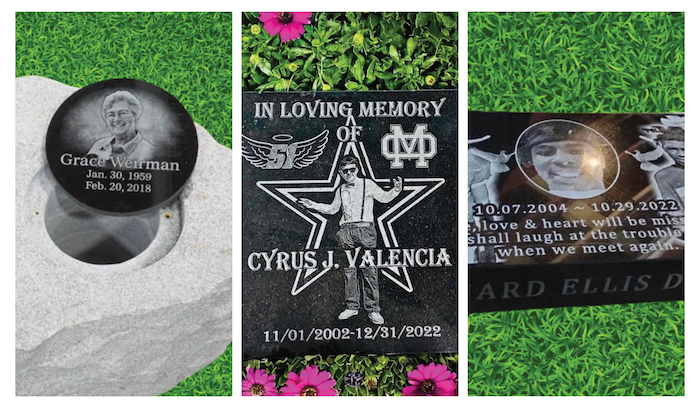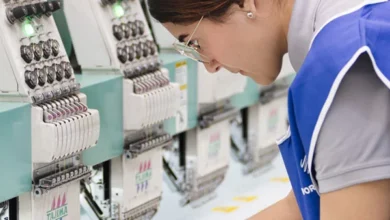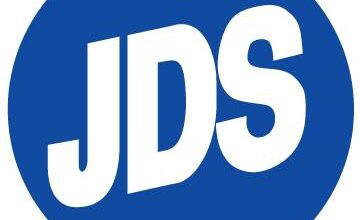The cemetery memorial market, encompassing headstones, grave markers, and monuments, is one of the oldest industries in human civilization. In the U.S., many monument retailers have operated for generations under the same family name and location.
Historically, this has been a slow-moving, largely traditional business, with limited design evolution and minimal outside disruption. However, beneath its conservative exterior, the memorial industry is quietly undergoing a transformation driven by emerging consumer trends and design technologies — trends that create new opportunities for graphics professionals.
A market at the edge of demographic change
The aging of the baby boomer generation is one of the most significant drivers of change. As of 2024, the oldest boomers are reaching 79 years old, lining up with the current U.S. life expectancy. This demographic milestone signals an increasing demand for memorialization services and products. But while the demand is rising, the offerings in many markets remain static — outdated designs, limited personalization options, and very little incorporation of contemporary design aesthetics.
Walk through many cemeteries today, and you’ll often find decades-old design templates repeated across headstones, with minimal input from professional graphic designers. Especially in smaller communities, options can feel limited, leaving families with few choices to create truly meaningful and personal tributes.
Changing memorial preferences
Simultaneously, the cultural and practical shift toward cremation is rapidly altering the landscape. According to data from the National Funeral Directors Association (NFDA), the U.S. cremation rate has surpassed 60% and continues to rise. As fewer families opt for full-body burial, many are seeking alternative forms of remembrance — home garden memorials, community columbaria, cremation urns, memorial benches, and celebration-of-life displays.
This diversification of memorial formats presents significant creative opportunities. Where once design options were limited to carved text and basic motifs, families today are increasingly interested in full-photo etching, intricate layouts, and highly personalized design elements that reflect the individual’s life story.
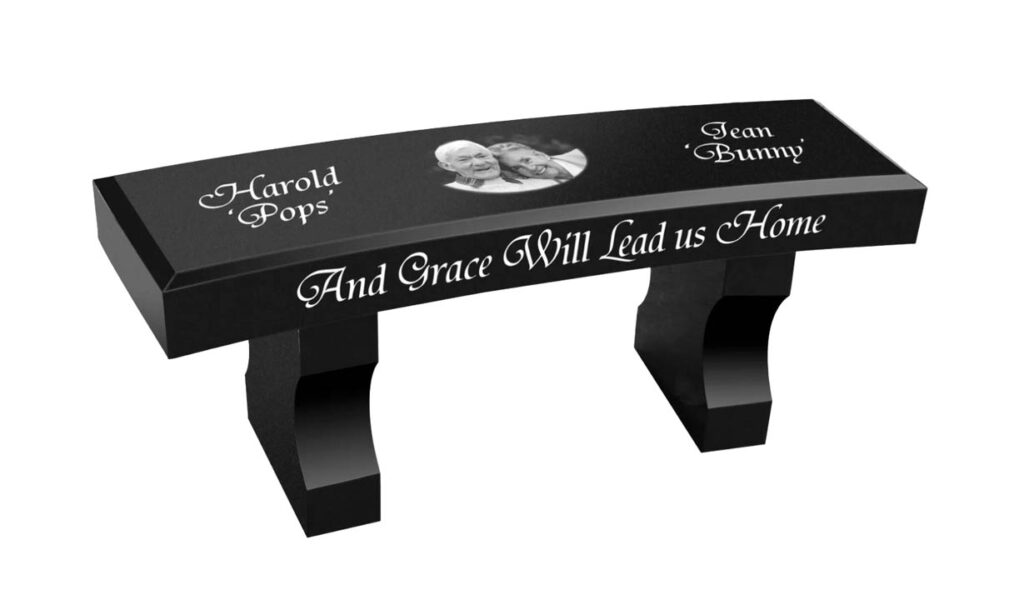
The role of modern laser technology
The technological capabilities available to today’s graphics professionals now allow for a level of personalization previously unavailable in the memorial industry. Laser engraving technology — especially the pairing of fiber and CO2 laser sources — has opened doors to ultra-high-resolution photo etching on granite, metals, and other materials used in memorial products.
For instance, fiber lasers (including master oscillator power amplifier variants) are capable of producing highly detailed images with beam spots significantly smaller than traditional CO2 systems, allowing for photo-accurate engraving on dense materials such as granite. CO2 lasers, meanwhile, continue to excel at cutting and engraving organic materials like wood, acrylic, and glass. Together, these technologies enable a wide variety of personalized products, from granite memorial stones to custom wooden plaques, urns, and home decor remembrance items.
Some laser systems today also offer open-architecture or pass-through designs, allowing large-format objects such as benches, windows, or sizable plaques to be engraved with fewer
size limitations. For graphics professionals accustomed to working with design software and digital workflows, these systems offer a natural extension of existing skill sets into a new market segment.
Advantages for graphics professionals
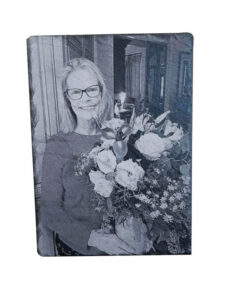 For designers, print shop owners, and other creative professionals, several factors make the memorial industry particularly approachable:
For designers, print shop owners, and other creative professionals, several factors make the memorial industry particularly approachable:
- Existing design expertise: The gap in design quality between traditional monument layouts and contemporary design standards is often substantial. Graphics professionals already possess the software skills and creative eye to develop more modern, emotionally resonant designs.
- Established infrastructure: Many graphic businesses already operate out of physical spaces with equipment, staff, and overhead structures that can accommodate memorial product lines with minimal additional investment.
- Marketing channels: Unlike traditional monument retailers who often rely on walk-in business or cemetery partnerships, graphics professionals have experience with targeted marketing and digital outreach. Seasonal marketing around holidays of remembrance — such as Memorial Day, Veterans Day, and Mother’s Day — can build awareness and generate steady interest.
Navigating the operational hurdles
While the creative aspects may feel familiar, certain operational considerations require attention:
- Material handling: Working with heavy granite slabs requires equipment like boom-crane trucks, lifting straps, and carts for safe handling.
- Cemetery regulations: Each cemetery enforces its own rules on allowable sizes, materials, and design elements for monuments and markers. Research and compliance are crucial.
- Installation: Monument setting often requires specific skills or partnerships with experienced stone setters.
For those seeking a lighter entry point, home garden memorials offer an accessible starting place. These products serve families looking for non-cemetery remembrance options and often involve smaller, shippable items that avoid regulatory complexities.
Emerging home memorial product opportunities
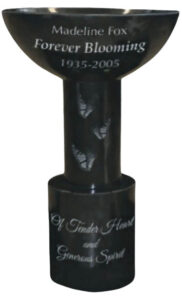 Here are several memorial product categories well-suited for graphics professionals entering this market:
Here are several memorial product categories well-suited for graphics professionals entering this market:
- Laser-engraved garden stones: Granite plaques featuring portraits, names, dates, and personalized messages.
- Personalized memorial markers: Durable garden markers blending seamlessly into natural landscapes.
- Cremation urns for gardens: Granite urns engraved with meaningful designs for home placement.
- Memorial benches: Engraved benches for reflection in home or community spaces.
- Engraved planters and birdbaths: Functional garden features that double as memorial tributes.
- Customized park benches: Engraved seating for public parks or private gardens.
- Personalized home products: Wood plaques, holiday ornaments, tumblers, and other customized remembrance items.
An industry ready for a fresh perspective
While the memorial market may not appeal to every graphics professional, those open to serving grieving families can find both creative fulfillment and profitable diversification. Success requires balancing design innovation with sensitivity to the deeply personal nature of memorialization.
By leading with empathy, offering modern design solutions, and navigating the operational challenges thoughtfully, graphic professionals can bring new life into an industry rooted in honoring lives passed.
